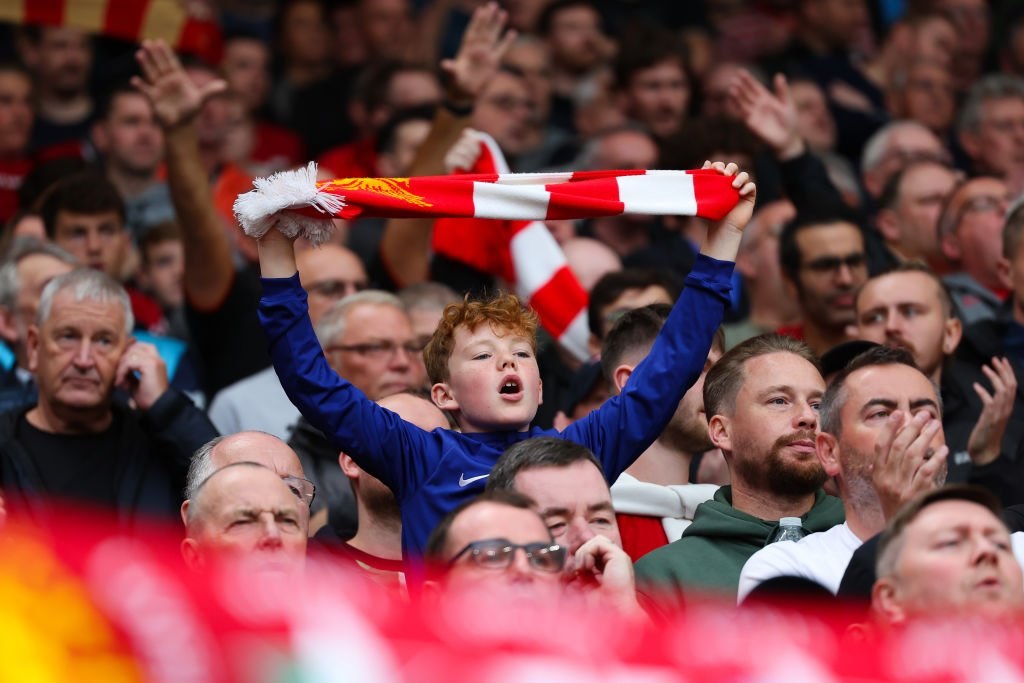
What distinguishes younger Premier League fans from older ones?
The Premier League is among the most prominent domestic sports leagues worldwide, with three tenths of consumers across over fifty markets saying they are interested in the competition (29%), according to Global Fan Profiles. Within Britain, too, the league maintains a position of sporting dominance. But how has the league fared in captivating young audiences, and what are the unique preferences of these young Premier League fans compared to older ones?
These were some of the questions we answered in the recently published report – The (young and) beautiful game. In this piece, we highlight some key talking points.
Firstly, the league is in the pink of health as far as garnering the interest of young adults goes. In 2023, a fifth of Britons aged between 18-29 say that the Premier League is one of their top interests. This share is actually up four percentage points from 2021. Interest levels among older segments of the British population are identical at 21%. The parity in interest levels among the young and the old is a win in itself because sport in general appears to have dwindling interest among the younger crowd. Only 26% of younger Brits say they follow sports closely or that they are sports mad, compared to 33% of older Brits.
In spite of a lean run in recent years, Manchester United continue to command support even among younger fans. With over a fifth of Premier League fans reporting United as among their favourite clubs, it is the most popular club within this age group by a comfortable margin.
Man Utd are also slightly more popular among younger fans than older ones (22% vs 19%), but the biggest positive differential among younger fans has been created by Arsenal – younger fans are nearly 50% likelier to rate the Gunners as among their favourite clubs (17% vs 12%). That puts Arsenal in second spot, slightly ahead of Liverpool among this age group, even though Liverpool enjoy much higher support among older fans.
Even Chelsea attracts noticeably more support among younger fans than older ones (10% vs 7%). Manchester City has similar levels of support among both groups (8% vs 8%), whereas Tottenham enjoy a markedly lower level of support among younger fans (6% vs 8%).
Similar disparities between the two age groups exist in their preference of players as well.
While Marcus Rashford enjoys universally high popularity (22% vs 21%), the likes of Erling Haaland (16% vs 22%), Kevin de Bruyne (15% vs 24%) and Mo Salah (14% vs 24%) enjoy a relatively lesser share of support from younger fans.
These generational differences extend to the manner in which sport is consumed too, with younger fans showing a marked shift towards online live streams as a way of sports consumption. Watching live telecasts on TV still holds the top spot among younger fans, with two-thirds of them indicating so (66%), but online live streams are in hot pursuit (53%). The gap between the two mediums is a lot more stark among older fans (TV live: 83% vs online live streams: 37%).
Radio (20% of younger fans vs 34% of older fans) and newspapers (11% vs 33%) are also experiencing a decline among younger audiences as means of consuming sport. Instead, this group is a lot likelier to engage with sports on social media (60% vs 32%).
Young Premier League fans are also heavy sports gamers. While they are more likely to play all genres of games compared to the older counterparts, the gap between the two groups for sports titles like EA Sports FC is particularly stark.
In addition to the insights covered this piece, the report provides additional snippets of data looking into aspects such as their favourite streaming platforms, the social media usage patterns and brands that are likely to do well as sponsors among younger Premier League fans.